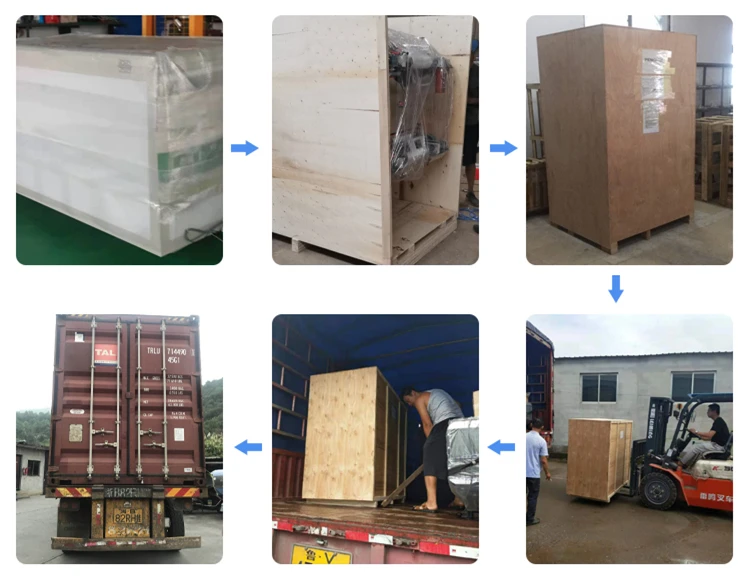Efficient Solutions for Processing Feed with Advanced Machinery
aug . 17, 2024 07:57 Back to list
Efficient Solutions for Processing Feed with Advanced Machinery
Feed processing machines play a crucial role in the agricultural industry, particularly in the preparation of animal feed. These machines efficiently convert raw ingredients into high-quality feed, which is essential for livestock health and productivity. As global demand for animal protein increases, the importance of efficient feed processing becomes even more significant.
The primary function of feed processing machines is to create a balanced diet for various types of livestock, including cattle, poultry, and aquaculture species. These machines can perform a variety of tasks such as grinding, mixing, pelleting, and extrusion. Each of these processes is vital in ensuring that the feed not only meets nutritional requirements but also enhances digestibility and palatability.
One of the key components of feed processing is grinding. This process reduces the size of the raw ingredients, which can include grains, vitamins, minerals, and protein sources. A well-designed grinder can produce uniform particle sizes, which helps improve feed efficiency and reduces wastage. The finer the grind, the easier it is for animals to digest the nutrients, contributing to better overall health and growth rates.
Mixing is another critical step in feed processing. A good feed mixer ensures that all ingredients are evenly distributed throughout the feed, providing a balanced dietary solution for livestock. This consistency is important because any variation in nutrient content can lead to uneven growth and health issues in animals. Modern mixers can be equipped with advanced technologies that allow for precise measurements and adjustments, ensuring that each batch of feed meets specific nutritional requirements.
Pelleting is an additional processing step that can greatly enhance feed quality. Pellets are formed by compacting and heating the feed mixture, which improves its density and durability. This process not only makes it easier to store and transport feed but also reduces wastage, as animals tend to consume pellets more efficiently than loose feed. Furthermore, the heat treatment during pelleting can help eliminate harmful pathogens and improve nutrition by making certain nutrients more bioavailable.
feed processing machine

Extrusion is an advanced feed processing technique that combines heat, moisture, and mechanical pressure to create a wide range of feed products, particularly for aquaculture and pet food. This method allows for the production of floating pellets, which are essential for fish farming, as they help prevent feed loss in water. Extruded feeds can also be tailored to specific dietary needs, ensuring that animals receive optimal nutrition based on their growth stage and species.
In recent years, advancements in technology have significantly improved the efficiency of feed processing machines. Automation, data analytics, and smart sensors are now being incorporated into machinery to streamline operations and enhance product quality. These innovations allow farmers to monitor feed production in real-time, optimize ingredient usage, and reduce energy consumption, which translates to lower operational costs.
As the agricultural sector continues to evolve, the importance of feed processing machines will grow. They not only contribute to the health and productivity of livestock but also play a vital role in sustainable agriculture by reducing waste and improving resource utilization. By investing in advanced feed processing technology, farmers can better meet the demands of an ever-growing population while ensuring the well-being of their animals.
In conclusion, feed processing machines are integral to modern agriculture. Their ability to efficiently convert raw materials into high-quality feed supports livestock health and productivity, making them indispensable in the drive for sustainable food production. As technology continues to advance, the capabilities of these machines will further enhance their contribution to the agricultural industry.
-
High Performance Exhaust Fan – Efficient Ventilation Solutions for Home
NewsJun.10,2025
-
High-Quality Gestation Pen for Sows Durable Mobile Pig Pen & Simple Pig Pen Solutions
NewsJun.10,2025
-
High Quality Rabbit Cage Double Tier Designs & Welded Wire Mesh Supplier
NewsJun.10,2025
-
Floating Fish Feed Machine - High Efficiency Floating Fish Feed Extruder for Small Scale Production
NewsJun.10,2025
-
Premium Poultry Housing Solutions Mobile & Commercial Free Range Options
NewsJun.10,2025
-
Industrial FRP Fans Corrosion-Resistant Blades & Centrifugal Systems
NewsJun.09,2025






